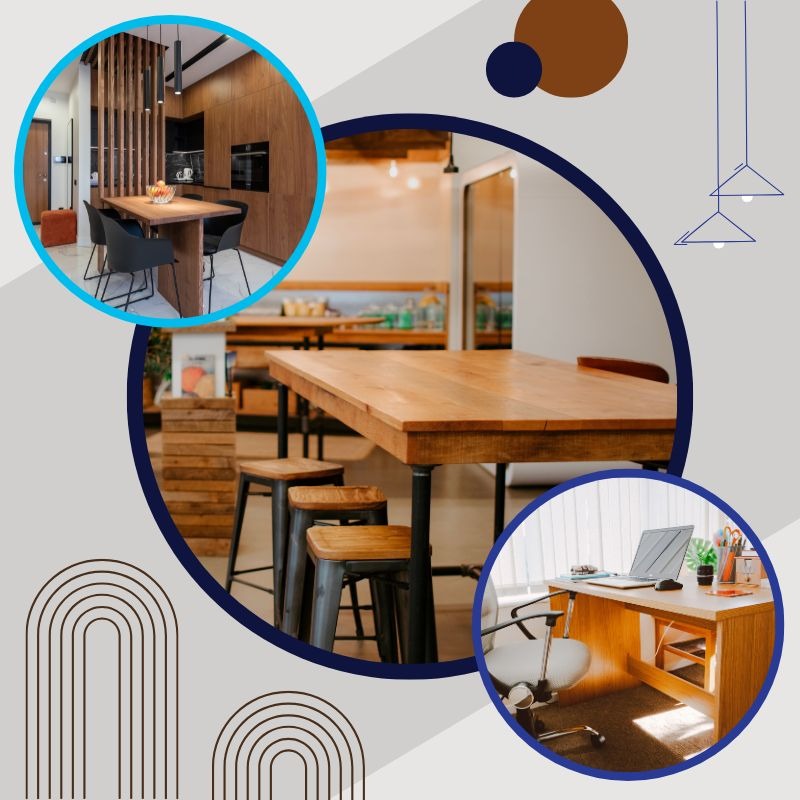In recent years, the way we shop for furniture has undergone a dramatic transformation. Gone are the days when consumers had to rely solely on showroom visits or catalogs to envision how a piece of furniture would fit in their space. The advent of online shopping brought convenience, but it also introduced a new challenge: how do customers visualize furniture in their own homes? This is where configurator tools, powered by advanced software, have come to the rescue, revolutionizing the furniture shopping experience. With the integration of furniture configurator software, shoppers can now effortlessly customize their furniture choices, ensuring each piece aligns perfectly with their style and space requirements.
The Rise Of Customization In The Furniture Market
Customization has become a key demand among consumers across various industries, and furniture is no exception. Consumers are increasingly looking for goods that meet their unique needs and express their own sense of style. These days, customers want more say over the things they buy, like picking out the fabric for an armchair, changing the size of a dining table, or picking out the perfect color for a sofa.
Traditionally, finding furniture that meets all of these criteria required a significant amount of effort, often leading to compromises. However, with the introduction of configurator tools, this process has become more streamlined, allowing customers to design their own pieces with ease and precision. The ability to adjust multiple factors such as size, shape, and material in real time has completely reshaped how consumers interact with furniture brands.
Bringing The Showroom To Your Home
One of the most significant advantages of using configurator software is the ability to visualize a customized piece of furniture in a real-life setting. Traditionally, customers had to rely on imagination or in-store displays to determine how a piece would look in their homes. However, with the power of 3D modeling, these tools allow customers to see their designs from every angle before making a purchase.
Some software solutions go a step further by offering augmented reality features. With augmented reality, customers can visualize their furniture in their own space through their smartphones or tablets. Customers can make more assured decisions by seeing how an item fits into their space right away when virtual designs are superimposed on actual settings. This immersive experience is invaluable in reducing the uncertainty that often comes with purchasing furniture online.
Simplifying The Decision-Making Process
One of the challenges many shoppers face is the overwhelming number of choices available, particularly when it comes to furniture. It can be challenging to know where to start with the wide variety of styles, materials, and sizes available. Configurator tools simplify this process by guiding customers through a step-by-step selection of options based on their preferences.
These tools allow customers to start with a basic model and modify it according to their specific needs. Whether they are looking for a smaller couch to fit a cozy apartment or a more luxurious sectional for a larger living room, configurator software helps narrow down the choices, making the decision-making process much more manageable. By providing real-time feedback on how each modification affects the design, customers can quickly determine which features work best for their space.
Increasing Customer Engagement
Furniture configurators are more than just practical tools—they are interactive experiences that engage customers on a deeper level. By allowing shoppers to experiment with different configurations, colors, and materials, these tools foster creativity and give customers a sense of ownership in the design process.
For retailers, this increased engagement often translates into higher conversion rates. When customers are given the freedom to design their own products, they are more likely to feel invested in the outcome and make a purchase. Additionally, the interactive nature of the experience encourages repeat visits as customers return to try different designs or make adjustments to their original choices. Customers who feel more connected to a business that provides a customized, hands-on shopping experience may also become more brand loyal as a result of this engagement.
Reducing Returns And Improving Satisfaction
One of the most significant pain points for both customers and retailers in the furniture industry is the high rate of returns. Furniture is often bulky, and its dimensions and design can be difficult to gauge online. Customers can, however, make better decisions and have fewer returns by using configurator tools to better see how a piece will fit and appear in their space.
Conclusion
Configurator tools are reshaping how we approach furniture shopping by offering customers an interactive, personalized experience that enhances both the buying process and satisfaction. These tools have successfully bridged the gap between online and in-store shopping by allowing consumers to design and visualize products in real time.
